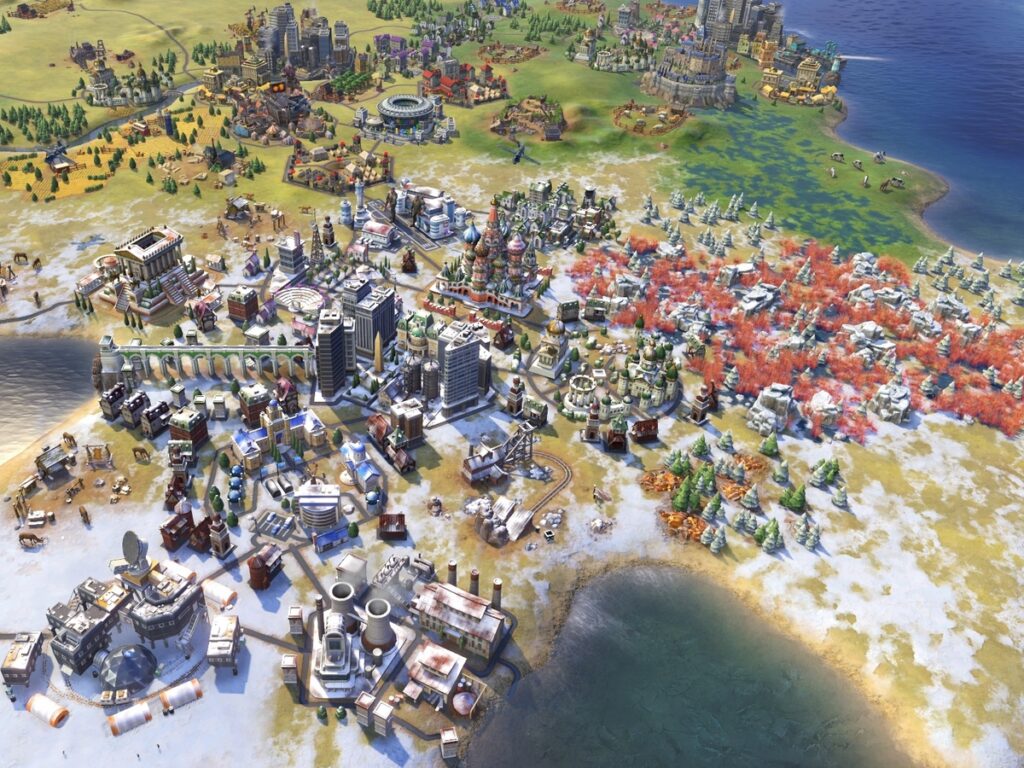League of Legends (LoL) has been a dominant force in the world of competitive gaming, with its popularity often attributed to accessibility and ease of mechanics offering an appealing challenge for players of all skill levels. However, as LoL’s player base continued to grow, instances of toxic behavior, including verbal abuse and discrimination, also escalated within the community. The game’s developer, Riot Games, attempted to combat toxicity with in-game chat filters and punishments for bad behavior but didn’t solve the underlying issues. The influence of the LoL community may be waning due to declining player base in recent years and Riot Games’ own controversies.
Inside the Rise and Fall of the League of Legends Community
Since its release in 2009, League of Legends (LoL) has been a dominant force in the world of competitive gaming. The game’s immense popularity led to the creation of a large and passionate community that, at times, has been both constructive and toxic.
The Rise of LoL Community
The initial success of LoL was due, in large part, to its accessibility. The game was free-to-play and could run on most computers, allowing a broad swath of gamers to play it. Additionally, the game’s mechanics were easy to learn but difficult to master, offering an appealing challenge for players of all skill levels.
As the game grew in popularity, so too did its community. LoL became a source of social interaction and competition for many players, with forums and dedicated subreddits arising to discuss strategies and share tips. The game’s popularity also led to the rise of content creators, such as streamers and YouTubers, who created a robust community around the game.
The Toxicity Problem
As LoL’s player base continued to grow, so did the instances of toxic behavior within the community. Toxicity refers to negative behavior, such as verbal abuse or throwing matches, that disrupts the gaming experience for others.
LoL’s developers, Riot Games, attempted to combat toxicity with a series of measures, such as in-game chat filters and punishments for bad behavior. However, these measures were only partially effective and did little to address the underlying issues behind toxic behavior.
Cultural Problems in the LoL Community
Toxic behavior in the LoL community was rooted in larger cultural problems, including misogyny and racism. Women and LGBTQ+ gamers were often subject to abuse, with female gamers reporting frequent harassment and discrimination. The use of racial slurs and derogatory language was also commonplace.
Riot Games attempted to address these issues by launching diversity and inclusion initiatives, but these efforts were met with resistance from some parts of the community. Some players saw these initiatives as caving to political correctness or pandering to underrepresented groups.
The Fall of the LoL Community?
While the LoL community continues to exist, there are signs that its influence may be waning. The game’s player base has declined in recent years, and the rise of other games, such as Fortnite and Apex Legends, has made the LoL community less central in the gaming world.
Furthermore, Riot Games has faced its own controversies in recent years, including allegations of sexism and discrimination within the company. These controversies have led some gamers to distance themselves from the company and the game.
Conclusion
The LoL community was a vibrant and passionate group that contributed to the game’s initial success. However, the community was also plagued by toxicity and cultural problems that were difficult to overcome. While the community still exists, its influence has declined in recent years, and the future of the community remains uncertain.
